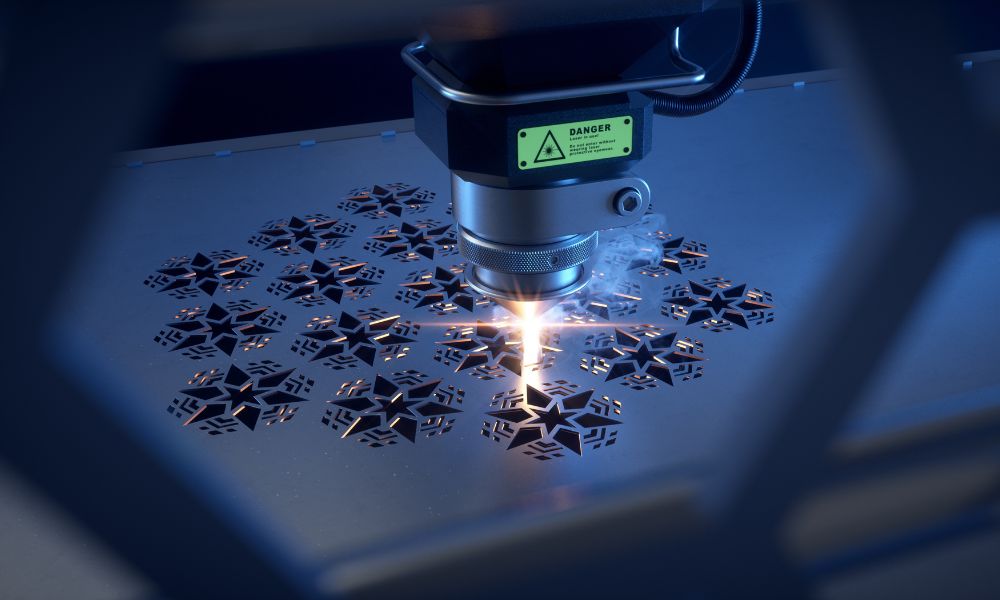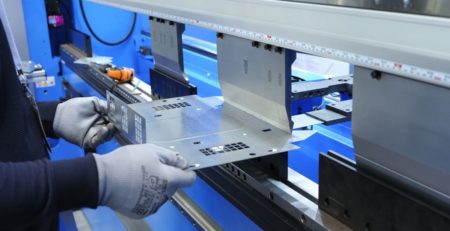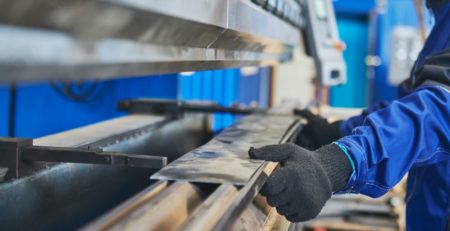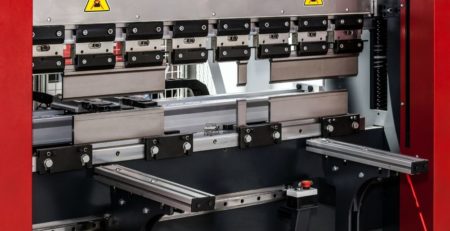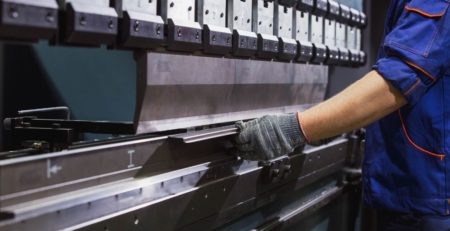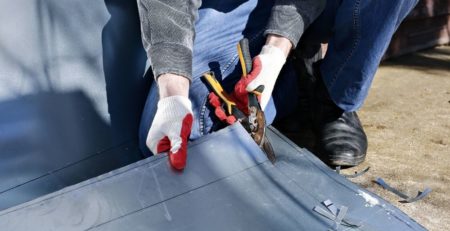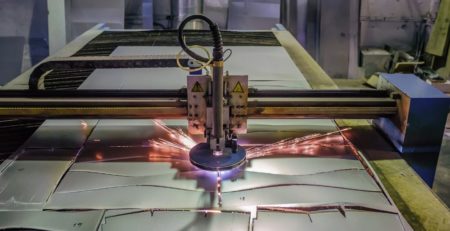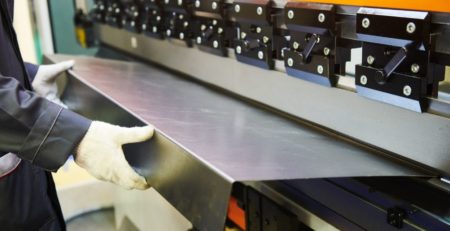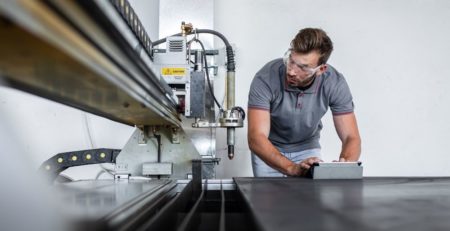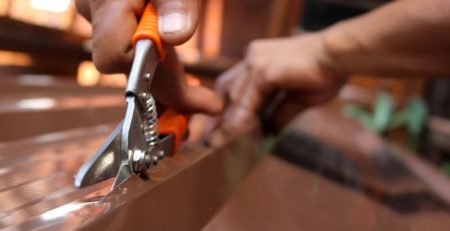Waterjet Cutting vs. Laser Cutting: A Detailed Comparison
If you’re in the metal fabrication business, deciding on which cutting method to use for your next project can be a daunting task. There are many factors to consider, including cost and efficiency.
Understanding the differences between two of the most popular methods—waterjet cutting and laser cutting—can help you make an informed decision. Having a detailed comparison of these two practices can provide clarity about where each stands from a technical perspective.
Differences and Similarities Between Waterjet and Laser Cutting
Waterjet and laser cutting both offer impressive precision and control, but they operate in fundamentally different ways. Laser cutting involves directing a highly focused beam of light onto the material you’re cutting, which can range from metal and plastic to wood and fabric. The intensely hot and concentrated laser light vaporizes or melts the material.
Waterjet cutting, on the other hand, uses a high-pressure stream of water, often mixed with an abrasive substance, to slice and carve the material. The key advantage of waterjet cutting is its ability to handle a wider variety of materials, including thick and dense materials that laser cutting can’t tackle. The waterjet removes material, but it doesn’t destroy or melt it—it simply cuts or blasts it away. Unfortunately, this often requires substantial cleanup afterward.
Ultimately, the choice between waterjet and laser cutting will depend on the specifics of your project and the materials you need to work with.
Differences in Materials Used for Waterjet and Laser Cutting
One of the major differences between waterjet and laser cutting lies in the types of materials each method cuts best. Waterjet cutting excels in cutting through thick, dense materials, such as stone, ceramics, and metals.
Laser cutting is precise and ideal for cutting intricate shapes and designs from thinner materials, such as plastics, fabrics, and thin metals. When the high-intensity laser beam vaporizes the material, it creates a clean, finished edge. Additionally, laser cutting produces less waste than waterjet cutting.
So which one should you choose? Ultimately, the decision will depend on the specific needs of the project, such as the size, thickness, material, and design of the pieces needed. You must also consider your budget, timeline, and desired outcome.
Cost Comparison Between Waterjet and Laser Cutting
One of the biggest factors to consider in reviewing waterjet vs. laser cutting is the cost. Laser cutting machines for metal fabrication shops can cost anywhere between $8,000–$250,000, while waterjet cutters start around $60,000 and run up to $450,000. The hourly cost of operating these machines also varies. Laser cutting runs about $13–$20 per hour, while waterjet cutting can cost as much as $30 per hour.
The total hourly cost per workpiece varies depending on factors such as the thickness and type of material being cut, production volume, labor costs, safety equipment, and equipment maintenance. Overall, waterjet cutting is more expensive than laser cutting. However, the variations in the types of machines (diode, CO2, or fiber laser, and pure water jet vs. abrasive jet water cutters) can even out the cost between the machines. The choice of machine will ultimately depend on the type of work a metal fabrication shop needs to produce and the material of the workpiece.
Safety Considerations for Operating a Waterjet or Laser Cutter
When operating a waterjet or laser cutter, safety is of the utmost importance. These powerful machines generate significant amounts of heat and pressure, so it’s essential to wear appropriate personal protective equipment, such as gloves, goggles, and ear protection.
Hazards of Laser Cutters
Laser cutters can cut or engrave materials such as wood, plastic, and metal with precision and accuracy. But depending on the materials, laser cutting can produce toxic fumes during the cutting process. The melting and vaporizing done by the laser cutter can release harmful chemicals and gases into the air. These hazardous fumes can cause respiratory problems, headaches, nausea, and chronic illnesses. It’s essential to take proper precautions when operating a laser cutter, including using appropriate ventilation systems and wearing protective gear, such as masks and goggles.
Hazards of Waterjet Cutters
The primary hazard of waterjet cutters is the risk of injury from high-pressure water jets. If not properly contained, these jets can cause severe cuts and abrasions, leading to serious injury or even amputation. It’s essential to take proper safety precautions when operating a waterjet cutter, including wearing protective gear like gloves, goggles, and aprons. Additionally, you should put barriers in place around the cutting area to prevent accidental contact with the water jet’s stream.
Proper cleaning and maintenance of the machine are also crucial for safe operation, as any blockages or damage to the nozzle can cause the water jet’s stream to become unstable and unpredictable. By taking the necessary safety precautions, operators can minimize the risk of injury and ensure that the waterjet cutter remains a useful and effective tool for their needs.
Proper training and supervision are critical to avoid injury and prevent damage to your cutting equipment, the workpieces, and the workspace.
Environmental Impact
Finally, it’s also important to consider the environmental impact of these methods of cutting, particularly in terms of waste disposal and energy consumption. As we mentioned, laser cutting can produce toxic fumes, so that’s something to consider when making your choice. By following established safety procedures and implementing environmentally conscious practices, operators can maximize the benefits of waterjet and laser cutting while minimizing the associated risks.
All in all, both waterjet cutting and laser cutting are great options for metal fabrication shops. Depending on materials, end products, cost, and safety, one might work better than the other. Specific tasks may require specialized machines, such as fiber laser tube-cutting machines for precision pipe and tubing production or waterjet cutters for creating three-dimensional details in stone.
When it comes to thin materials, such as stainless steel or aluminum sheeting, laser cutting is often the best choice. For thick metals, such as carbon steel plates, water jet cutting is more suitable. It all comes down to individual needs—the shop that can offer clients both laser cutting and waterjet cutting services will certainly have an advantage. With these pros and cons in mind and knowing the factors to weigh when considering waterjet vs. laser cutting, deciding whether to keep both types of cutters in your shop becomes an obvious decision.
Mac-Tech can supply you with the machinery and the know-how you need to make the best use of both waterjet and laser cutting techniques. You can count on us for training, maintenance, and repair, too. When you need to add new cutting capabilities to your shop, look to Mac-Tech as your trusted resource.


